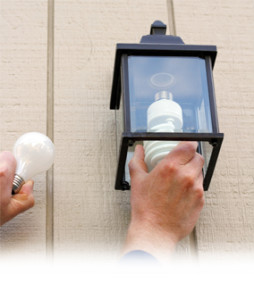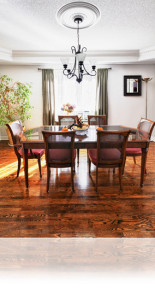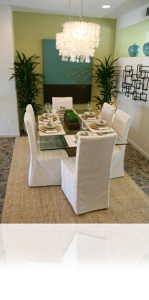You see a great home. You pull out your mortgage calculator and start punching in the numbers. The estimated monthly payment is displayed on the screen. You think, “Yep, we can afford that!”
Can you?
It’s easy to be seduced by a mortgage payment calculation. However, mortgage payments aren’t the only costs of owning a home. You also need to consider:
- Property taxes
- Home insurance premiums
- Electricity costs
- Maintenance (especially a factor in older homes.)
- And more.
If you don’t, you could end up spending hundreds of dollars more per month than you originally expected.









